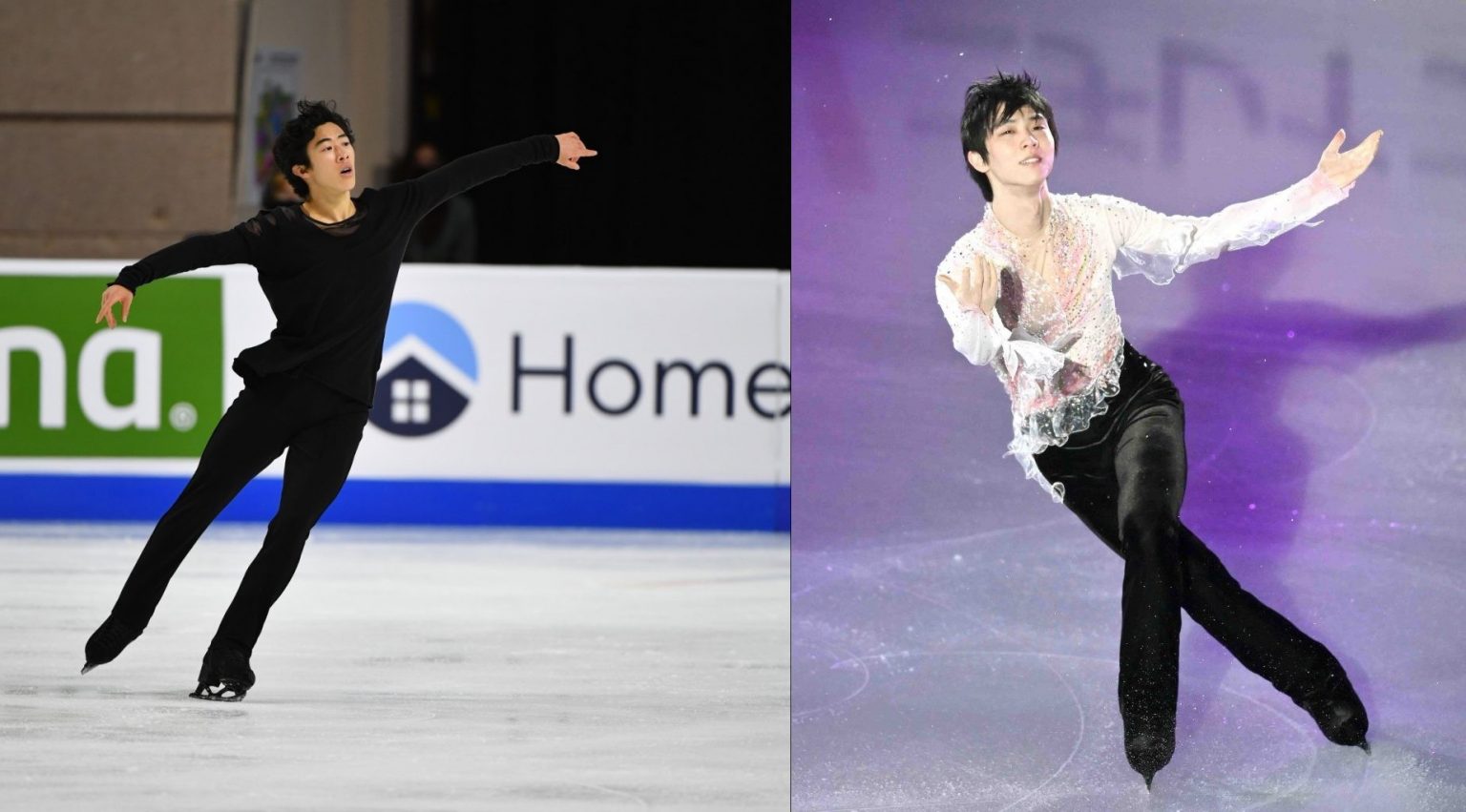
However, the cameraman ended up being the only survivor and even managed to escape the ambush and sound the alarm, dooming the Chinese resistance in the city. The convoy was ambushed and almost entirely wiped out. Deadline News: When the Japanese forces first entered the city of Nanking, they were accompanied by a reporter and his cameraman from the Asahi News Agency.Composite Character: The movie's Japanese characters are composites of historical figures from the real-life Nanking Massacre, with fictional names, while Commander Ida is a stand-in for Prince Asaka.Tang also does it, until the day they throw his little daughter from a window, just for laughs. Les Collaborateurs: Rabe collaborates with the Japanese authorities, albeit very reluctantly.Thanks to Kadokawa, he survives to the present time the film was made. The film was nearly Banned in China for being too sympathetic to the Japanese, believe it or not. But Not Too Evil: Or rather, Not Evil Enough.Jiang May, all the girls raped (this is the Rape of Nanking, after all). Break the Cutie: Any character with a shred of innocence.Except for Lu and Xiao, who are freed by Kodokawa at the end. Bittersweet Ending: With the exception of the Westerners, almost every sympathetic character is dead by the end.A puppet government was installed, which would rule Nanking until the end of World War II. In January 1938, the Japanese declared that order had been restored in the city, and dismantled the safety zone killings continued until the first week of February. Though the Japanese initially agreed to respect the Nanking Safety Zone, ultimately not even these refugees were safe from the vicious attacks. Determined to destroy the city, the Japanese looted and burned at least one-third of Nanking’s buildings. Bodies littered the streets for months after the attack. Entire families were massacred, and even the elderly and infants were targeted for execution, while tens of thousands of women were raped. Chinese soldiers were hunted down and killed by the thousands, and left in mass graves.

Even before their arrival, word had begun spreading of the numerous atrocities they had committed on their way through China, including killing contests and pillaging. On December 13, the first troops of Japan’s Central China Front Army, commanded by General Matsui Iwane, entered the city. Many ignored this order and fled, but the rest were left to the mercy of the approaching enemy. Chiang also ordered the city held at any cost, and forbade the official evacuation of its citizens. Fearful of losing them in battle, Nationalist leader Chiang Kai-Shek ordered the removal of nearly all official Chinese troops from the city, leaving it defended by untrained auxiliary troops. Preparing for Invasionįollowing a bloody victory in Shanghai during the Sino-Japanese War, the Japanese turned their attention towards Nanking.

Nanking, then the capital of Nationalist China, was left in ruins, and it would take decades for the city and its citizens to recover from the savage attacks. The horrific events are known as the Nanking Massacre or the Rape of Nanking, as between 20,000 and 80,000 women were sexually assaulted. In late 1937, over a period of six weeks, Imperial Japanese Army forces brutally murdered hundreds of thousands of people–including both soldiers and civilians–in the Chinese city of Nanking (or Nanjing).


 0 kommentar(er)
0 kommentar(er)
